Sun and Shadows Worksheets
If you're teaching young learners about the fascinating relationship between the sun and shadows, our Sun and Shadows Worksheets are here to assist you. Designed for educators seeking engaging and informative resources, these worksheets provide a range of activities that focus on the fundamental concepts of this topic.
Table of Images 👆
More Other Worksheets
Kindergarten Worksheet My RoomSpanish Verb Worksheets
Cooking Vocabulary Worksheet
DNA Code Worksheet
Meiosis Worksheet Answer Key
Art Handouts and Worksheets
7 Elements of Art Worksheets
All Amendment Worksheet
Symmetry Art Worksheets
Daily Meal Planning Worksheet
What are shadows?
Shadows are dark areas formed when an object blocks the light from a source, such as the sun or a light bulb. They are created when light rays are unable to pass through an opaque object, causing the area behind the object to be deprived of light, thus appearing darker in comparison to the surrounding areas. Shadows can provide important information about the shape and size of objects, as well as the direction of light sources.
How are shadows formed?
Shadows are formed when an object blocks the path of light. Light from a source hits the object and cannot pass through, creating an area of darkness behind the object. The size and shape of the shadow depend on the position of the light source and the object in relation to each other.
What is the relationship between the position of the sun and the length of shadows?
The length of shadows is dependent on the position of the sun in the sky. When the sun is higher in the sky, around midday, shadows are shorter compared to early morning or late afternoon when the sun is lower in the sky. This is because the angle of the sun's rays hitting objects is more direct at midday, resulting in shorter shadows, whereas at other times of the day the angle of sunlight is more oblique, causing longer shadows.
Can shadows change throughout the day? Why?
Yes, shadows can change throughout the day due to the movement of the sun in the sky. As the position of the sun changes, the angle at which light hits objects also changes, resulting in the shifting and elongating of shadows. Shaodws are longest when the sun is low in the sky, such as during sunrise and sunset, and shortest when the sun is directly overhead.
How does the angle of the sunlight affect the length of shadows?
The angle of the sunlight directly affects the length of shadows. When the sun is lower in the sky, as in the early morning or late afternoon, shadows are longer because the sunlight has to travel through more of the Earth's atmosphere to reach objects, causing shadows to stretch out. In contrast, when the sun is directly overhead, as at midday, shadows are shorter as the sunlight is more closely above objects, resulting in shorter and more compact shadows.
Do objects cast the same size of shadows regardless of their size?
No, objects do not cast the same size of shadows regardless of their size. The size of an object's shadow is directly influenced by the object's size, the angle of the light source, and the distance between the object and the surface where the shadow is cast. Larger objects will typically cast larger shadows compared to smaller objects under the same lighting conditions.
How can you determine the height of an object using its shadow?
To determine the height of an object using its shadow, you can first measure the length of the shadow cast by the object. Next, measure the angle of elevation from the tip of the object to the top of its shadow. By using trigonometry and the tangent of the angle of elevation, you can calculate the height of the object by multiplying the length of the shadow by the tangent of the angle of elevation.
What is the significance of the term "no shadow at noon"?
The term "no shadow at noon" signifies the position of the Sun directly overhead, casting no shadow at midday. In some cultures, this event is a symbol of the summer solstice, the longest day of the year, representing the peak of light and warmth. It can also symbolize balance, harmony, and enlightenment, as shadows are typically associated with darkness and uncertainty.
How does the tilt of the Earth affect the length of shadows at different times of the year?
The tilt of the Earth affects the length of shadows at different times of the year because it influences the angle at which sunlight strikes the Earth's surface. When the Northern Hemisphere is tilted towards the Sun during summer, the Sun is higher in the sky, resulting in shorter shadows. Conversely, when the Northern Hemisphere is tilted away from the Sun during winter, the Sun is lower in the sky, leading to longer shadows. The same concept applies to the Southern Hemisphere, but the seasons are opposite due to the tilt of the Earth.
How can shadows be used to tell time?
Shadows can be used to tell time by observing the movement and length of the shadow cast by an object such as a sundial. As the sun moves across the sky, the angle and length of the shadow will change, providing a way to estimate the time of day. Sundials are designed with markers that indicate the hours based on the position of the shadow cast by the sun, allowing people to tell time roughly by reading the shadow's location on the sundial.
Have something to share?
Who is Worksheeto?
At Worksheeto, we are committed to delivering an extensive and varied portfolio of superior quality worksheets, designed to address the educational demands of students, educators, and parents.

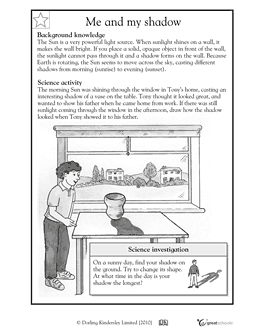



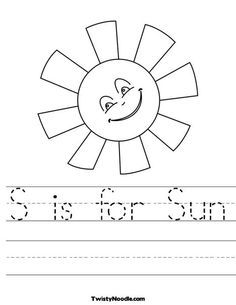
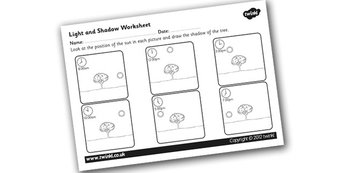
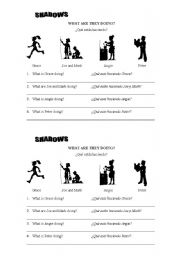
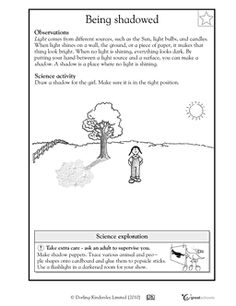
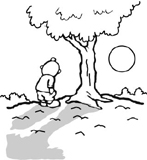
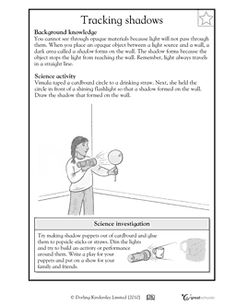
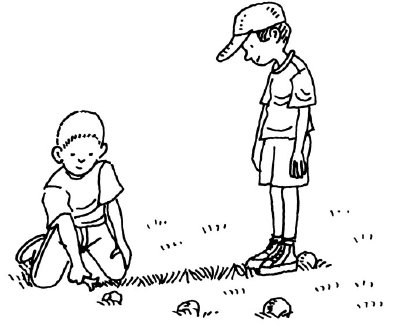
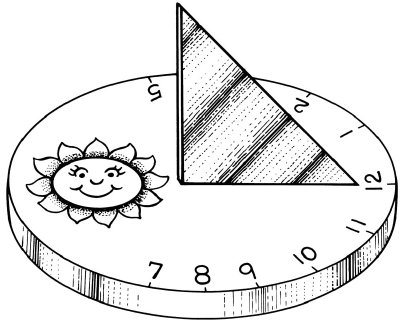














Comments